Proper soil preparation is the most important part of laying a new sod lawn. Here’s how to prepare soil for sod to get the best results for a new turf lawn:
- Have Soil Tested
- Assess Site Conditions
- Remove Existing Vegetation
- Loosen Soil Base
- Amend Soil as Required
- Level Out Soil
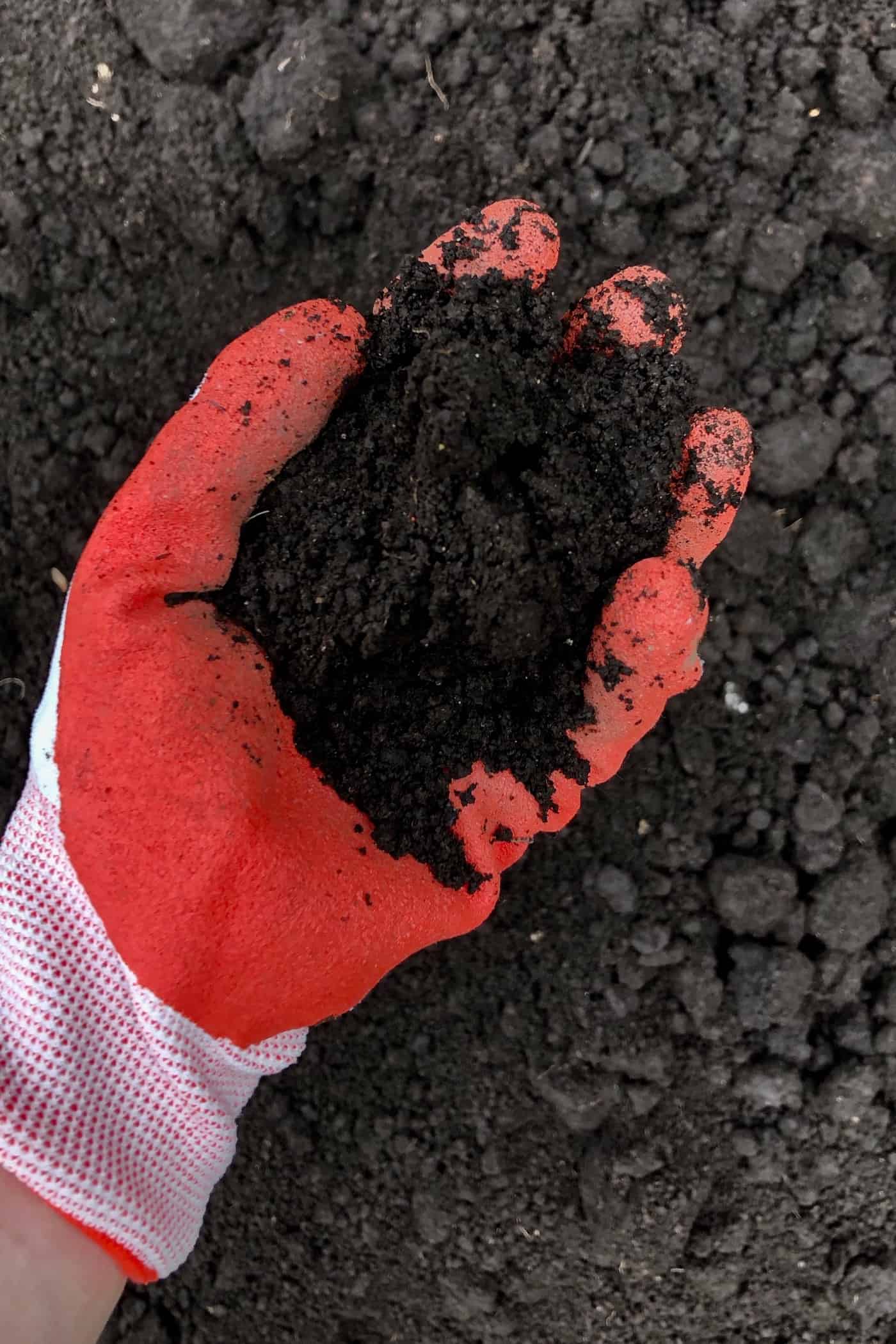
The basics of how to prepare soil for laying sod
There are six steps to preparing the soil on a lawn for laying sod. The best lawn prep will include all six of these steps.
Try to avoid skipping steps to save time. Any effort skipped now often means more work in the long term on an ongoing basis.
Unless you’re in a time crunch, try to make sure all the prep steps are complete before the fresh sod is delivered to the site so that it can be laid as soon as possible.
Step 1: Have lawn soil tested before sod
Step 1 is to get a proper soil test done. Local laboratories, universities, and state extension offices do soil tests. These tests are often not much more expensive than the DIY tests at the hardware store, but they are much more reliable. If you’re serious enough about your lawn to invest in purchasing sod, be serious enough to invest in a proper laboratory soil test.
A good soil analysis will include a report of the soil composition, as well as recommendations for amending the soil to make it more conducive to growing a lawn. The analysis will tell you exactly which nutrients the soil in your lawn is deficient in. Most will even recommend specific amounts of nutrients that should be added to the soil with fertilizer. A soil test means you’ll actually know what the lawn soil needs (instead of taking a wild guess).
Organic matter (O.M.), reported as percent of total soil, contains about 95 percent of all soil nitrogen (N).
Soil Test Explanation Fact Sheet (0.502), Colorado State University, J.R. Self, CSU Extension Program
Some soil types are less conducive to growing turfgrass, and they may need to be improved before laying sod. A soil test will also analyze the nutrients in the soil and recommend necessary amendment types and quantities.
Lastly, taking the samples will allow you to look at the soil profile, helping you familiarize yourself with your lawn soil. Look for a topsoil layer containing dark decayed organic matter that’s at least 6″ deep. Soil that has little to no organic matter may require
Step 2: Assess site conditions of future lawn
Step 2 is to assess the remaining site conditions of the lawn. Now that the soil test is ordered, it’s time to consider the other factors that will affect the health of the sod lawn.
Start with sunlight. Turfgrass grows best in full sun. The healthiest lawns get at least 6 hours of sun a day. Beware of placing sod in full shade – it will not thrive as it would in a spot where it gets some sun. If there is shade from temporary structures or from overgrown trees that need pruning, address those sources of shade before laying the sod.
Rainfall is also key. Consider the climate, time of year, and
Sod is generally grown from grass seed at a turf farm for about a year and a half before it is ready to be sold. To keep the grass moist and fresh, turf farms cut and roll sod the day before delivery or even during the night time right before an order is to be delivered.
Sod should be rolled out on top of the soil and watered as soon as it is delivered to the lawn site. Don’t let it sit out! Because sod really benefits from immediate transplanting, this is the time to make a plan to ensure there is minimal delay in placing the sod rolls on delivery day.
While assessing the site conditions, plan for where the pallets of sod will be delivered. Each pallet covers about 500 square feet of soil, so there may be multiple pallets for a larger lawn. Ensure the delivery truck has access and that there is a direct route from the pallet delivery location to the lawn soil.
It’s also good to arrange for an extra pair of hands to help place the sod on delivery day. While one person can lay sod for a small lawn, having a small crew will get the sod down faster and increase the chance that it takes to the soil well. Average sod rolls are generally 2′ x 5′ (10 sq ft) and weigh anywhere from 20-40 pounds. It can be tiring work for a single worker!
Take a look at the edges of the lawn. Hardscaping of adjacent areas and edges should be done before laying sod. Make sure these areas are complete and won’t require a lot of foot/equipment traffic on the newly-paced sod.
Look at the grade of the lawn. Lawns generally slope away from houses. The grade of the existing soil should also be lower than the intended final height of the lawn, as more material will be added to the soil grade in subsequent steps.
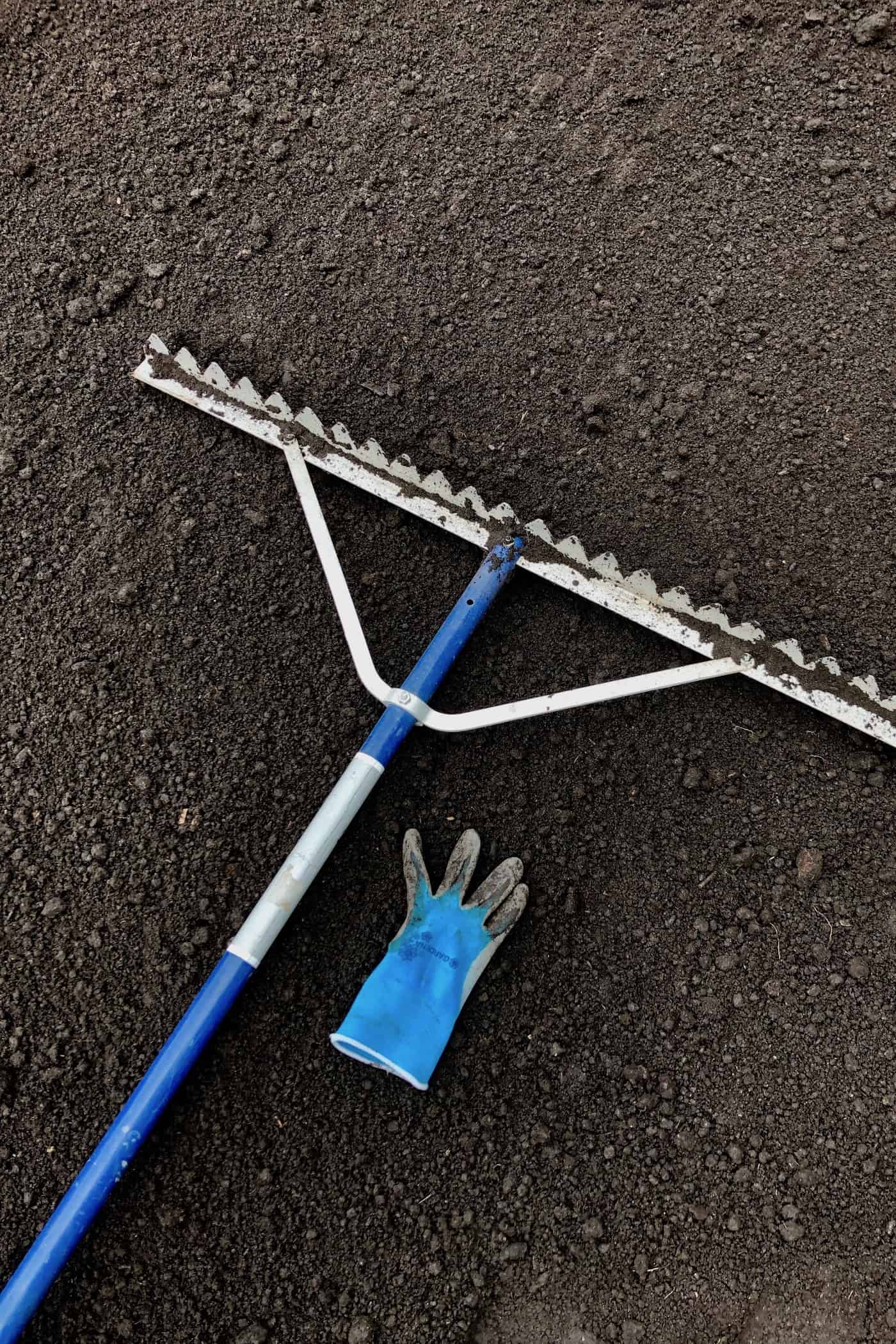
Step 3: Remove existing vegetation from the lawn area
Step 3 of preparing the soil for sod is to remove all existing vegetation from the lawn area. This includes weeds and old grass that might be in the existing soil. While these small plants could be tilled into the soil, removing them from the area completely lessens the possibility of a lumpy lawn due to clumps of grass decaying and leaving depressions.
First, pull any large weeds by hand. A weeding tool also works well for this. Small weeds can be removed along with the old grass.
To remove the old grass, you’ll need a sod knife or a sod-cutting machine. A sod knife is a gardening tool that looks rather like a large serrated bread knife. It is used to cut the grass plants off a couple of inches below the soil line. A sod cutter machine does the same thing, but more quickly (and in larger strips). Sod cutters can be rented from tool rental companies, usually for less than $100/day. Roll up strips of the old grass and compost them.
Can I put new sod over old grass?
You certainly could put new sod over old grass, but that is not the recommended method. Sod prefers a well-aerated soil matrix, not a mat of thatch and dead grass. Grass WILL grow over stones, but it grows best in loose, nutrient-rich soil. Remove the old grass prior to laying new sod. It’ll take a bit longer now, but the results will be much better! Make your investment in the rolls of sod worth it by properly prepping the soil.
Step 4: Loosen soil base to break up hard dirt
Step 4 is to loosen the cleared soil. Breaking up hard, compacted soil will help add important air voids into the soil structure. Porosity in the soil allows the turfgrass roots to access air and provides pathways for good water drainage.
Use a shovel or rototiller to loosen up the top layer of the soil. Focus on breaking up the top 4″ to 6″. Take care to break up chunks of soil. Remove any debris that is unearthed, like sticks or rocks, from the area.
Step 5: Amend soil with compost, sand, et cetera (if recommended by soil testing)
Step 5 of soil prep for laying sod is to amend the soil as required. This is when the soil test results from Step 1 become very important. Take the time now to improve the soil so it’s as close to ideal for grass growth as is reasonably possible.
The first soil characteristic to consider is its texture. This refers to the size of the mineral particles in the soil. Mineral particles are classified by size as either sand, silt, or clay (with sand being the largest). Soil with a nice mixture of all three particle sizes is referred to as “loam’.
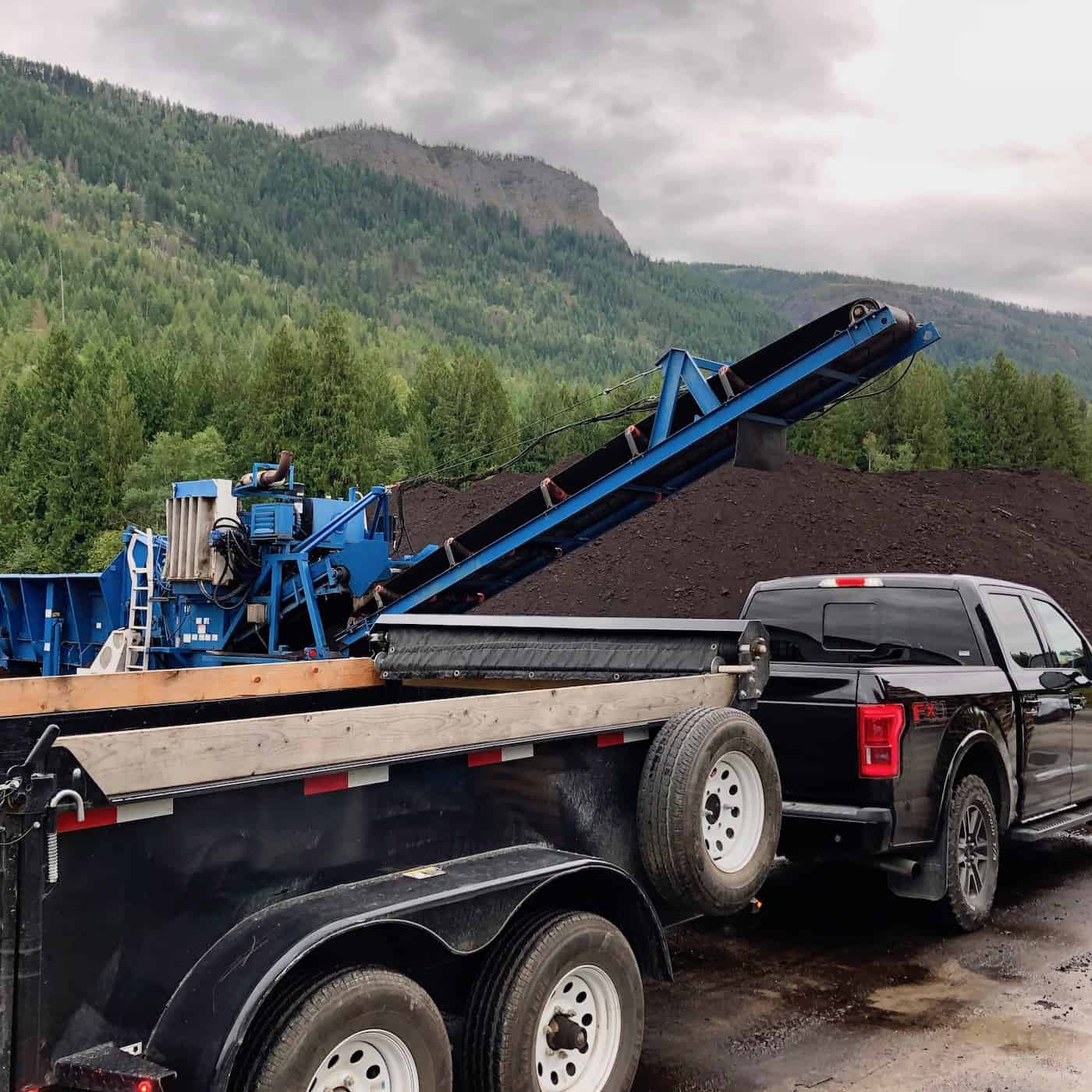
What soil is best under turf grass?
Sandy Loam is the most appropriate soil type for growing turf. This refers to a soil mix that’s mainly sand but that does have some clay and silt. In terms of texture, this means finding
An ideal lawn soil is a sandy loam containing about 70 percent sand, 15 percent silt and 15 percent clay
Successful Lawns, Montana State University, Department of Horticulture, by Cheryl Moore-Gough, Robert E. Gough, and Tracy Dougher.
Grass grows best in soil, mainly sand, with a bit of silt and clay. Growing grass in 100% sand is possible, but it requires frequent irrigation and fertilization. Prepare an adequate soil mix prior to laying sod. Heavy clay soil may best be dealt with by covering it with 6″ of more granular soil that is rich in organic matter.
Amend poor soils, such as heavy clay, by adding organic matter. Sources include compost, rotted manure, peat, and quality topsoil.
Soil and Site Preparation for Lawns, University of Illinois Extension
Once the mineral particle sizes have been addressed, it’s time to consider nutrients. Nutrients in the soil come from both minerals and decomposed organic matter. Both are important for healthy turfgrass, but lawn soil is more often low in decomposed organic matter.
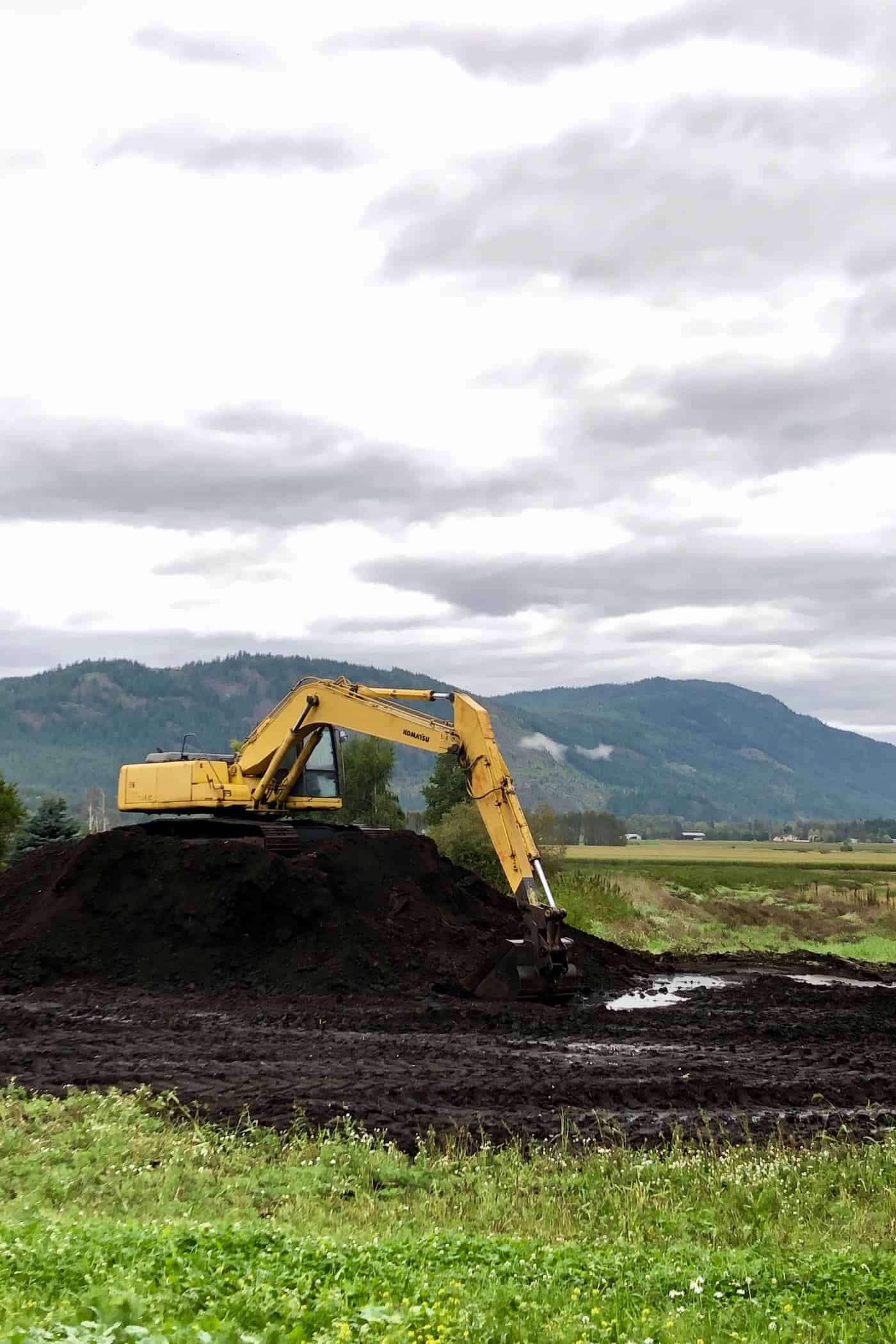
Thoroughly incorporating 33 percent by volume (2 inches) of rotted organic material into the top 6 inches of soil will substantially improve soil structure.
Successful Lawns, Montana State University, Department of Horticulture, by Cheryl Moore-Gough, Robert E. Gough, and Tracy Dougher.
Place a 2-inch thick layer of decayed plant matter on the soil surface to amend the soil with organic matter. This can be homemade compost, purchased compost, or composted herbivore manure. Dig in or rototill this top layer down into the four inches of existing soil below it.
Proper depth of topsoil for healthy sod turf
Turf grows best with at least 6″ of topsoil. The topsoil should be rich in organic matter and should drain well. The soil amendment process outlined above will leave the top 6″ of your lawn soil enriched with organic matter that acts as a slow-release fertilizer. This is an adequate depth for a healthy residential lawn.
Fertilizing new sod before or after laying
If your soil test recommends a fertilizer, now is the time to apply it. Some sod growers recommend using a fertilizer that is very high in phosphorus, but this can sometimes run afoul of environmental laws because phosphorus can pollute local waterways. Only apply lawn fertilizer if your soil test recommends it, and choose a balanced fertilizer specifically for starting sod.
Overapplication of phosphorus can lead to runoff into waterways, which may promote the rapid growth of dense algal blooms. Large blooms often deplete the water of oxygen because sunlight cannot reach oxygen-producing aquatic plant life below the water surface. As a result, large numbers of fish may die.
Interpreting the NDSU Soil Test Analysis for Managing Turfgrass (H1824), North Dakota State University, Esther McGinnis & Alan Zuk, Department of Plant Sciences
There is a multitude of different lawn fertilizers available. Due to the environmental risks, I choose natural lawn fertilizers (especially those that are OMRI-listed as safe for organic use), as they pose a lower risk to the local ecosystem.
A good soil test will recommend exactly how much of each nutrient to add, whether you’re adding fertilizer from a natural source or a synthetically derived source. You won’t be under-fertilizing by choosing a natural nutrient source if you follow the recommended results of the analysis.
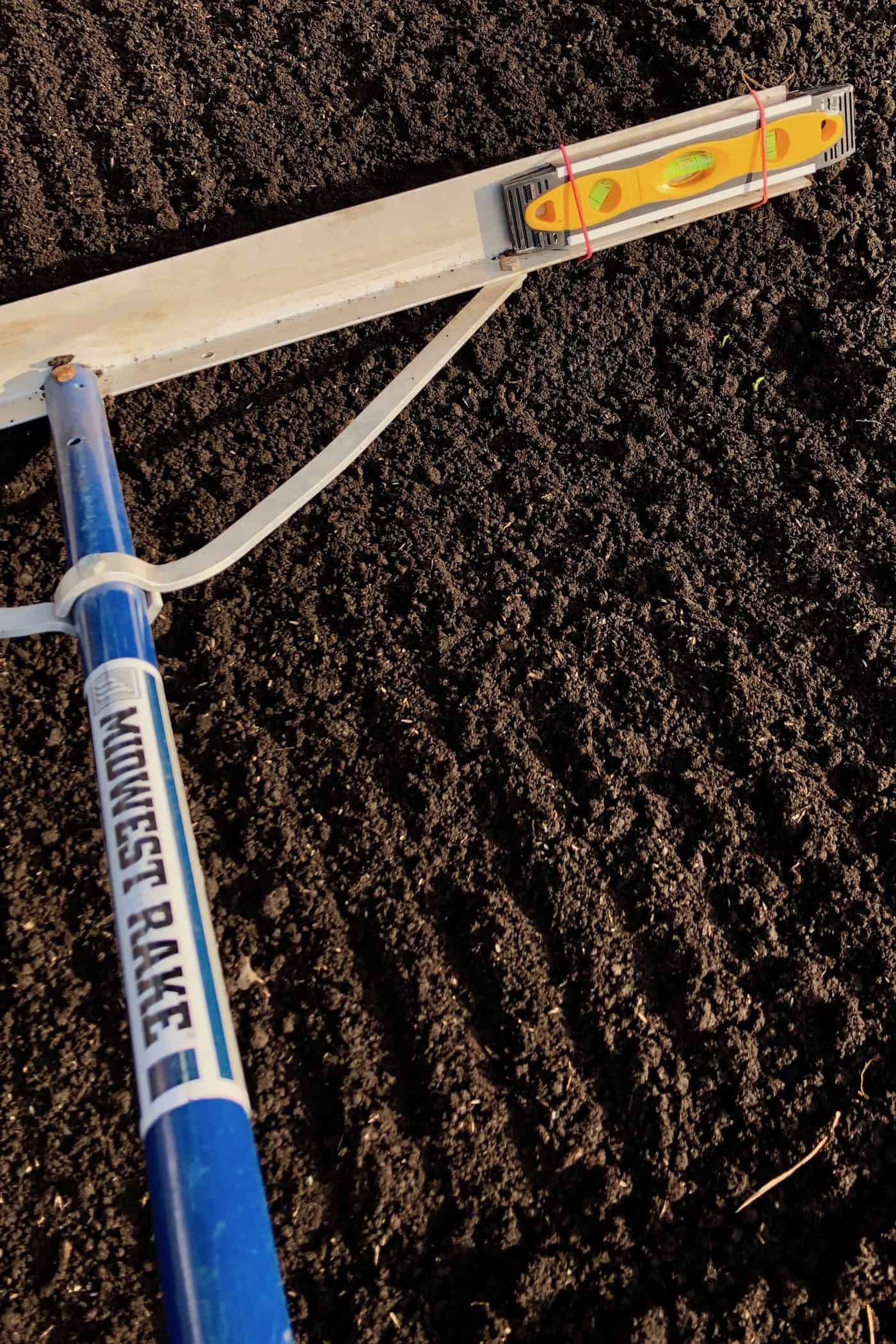
Step 6: Level out soil before laying sod down
Step 6 of preparing lawn soil for laying sod turf is to level out the soil. Rake the surface smooth and take time to break up any lumps. Pick out any rocks or debris that is unearthed while you rake. A landscaping rake is the best tool for this job, although most other rakes will do an adequate job.
The soil surface can be further leveled out with light rolling. A lawn roller with a bit of water can settle the soil level without overly compacting the valuable air voids in the soil structure. If a roller isn’t available, simply walk over the surface with small, shuffling steps.
Gentle overhead watering with a sprinkler is also helpful for settling out prior to sod installation. Just add a little moisture to the soil – it shouldn’t be soaked!
With a bit of raking, rolling, and watering, you should have a nice prepared soil surface for the sod. One last rake to get out the footprints will leave it level and ready for sod installation. The level of the final soil grade should be about an inch below adjacent paths and/or driveways. The soil grade should also slope away from buildings to allow overland drainage of surface water.
Final slopes should be one to two percent away from buildings (1 to 2 feet drop per 100 feet of run) to assure good surface drainage.
Soil and Site Preparation for Lawns, University of Illinois Extension
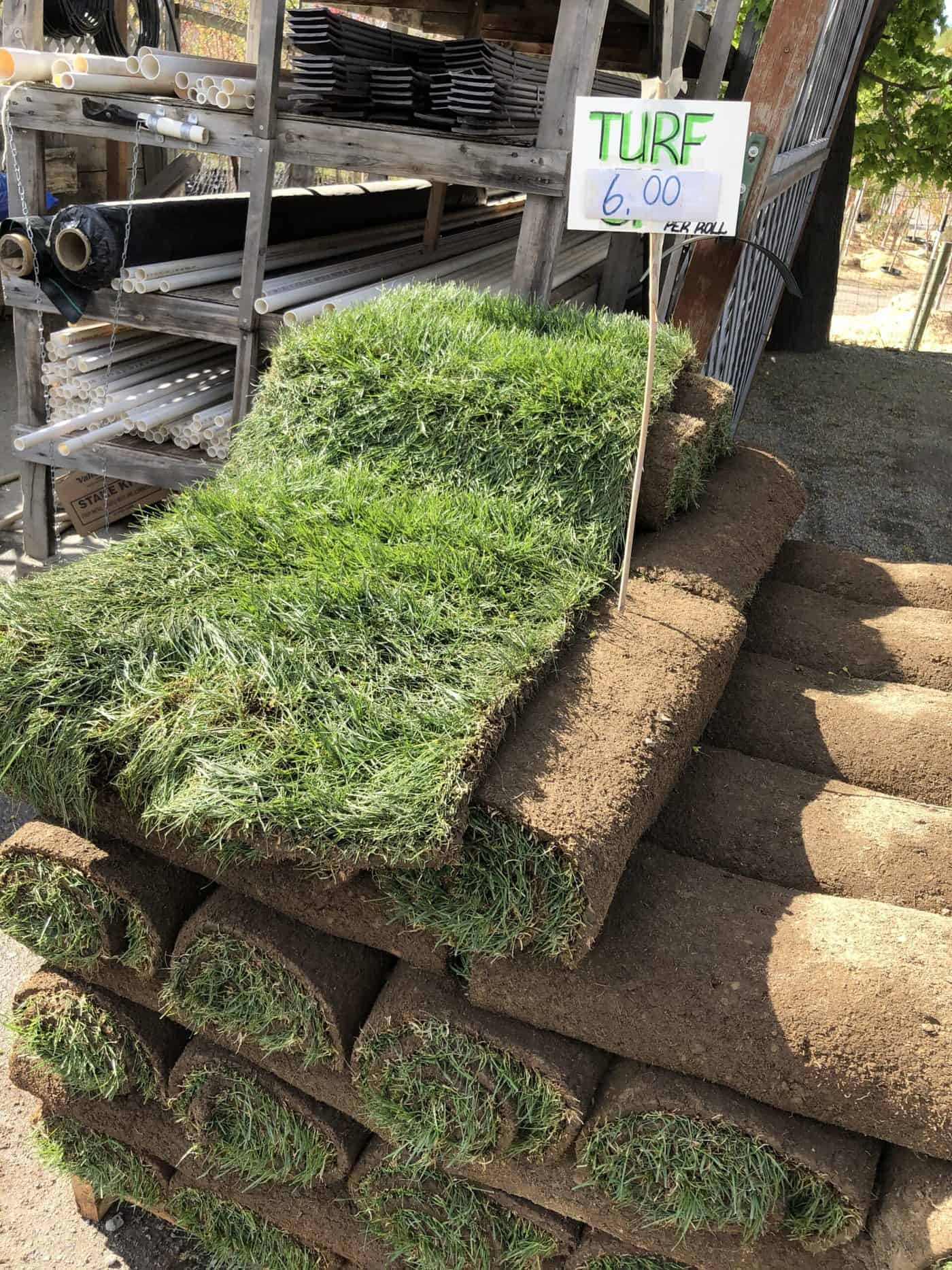
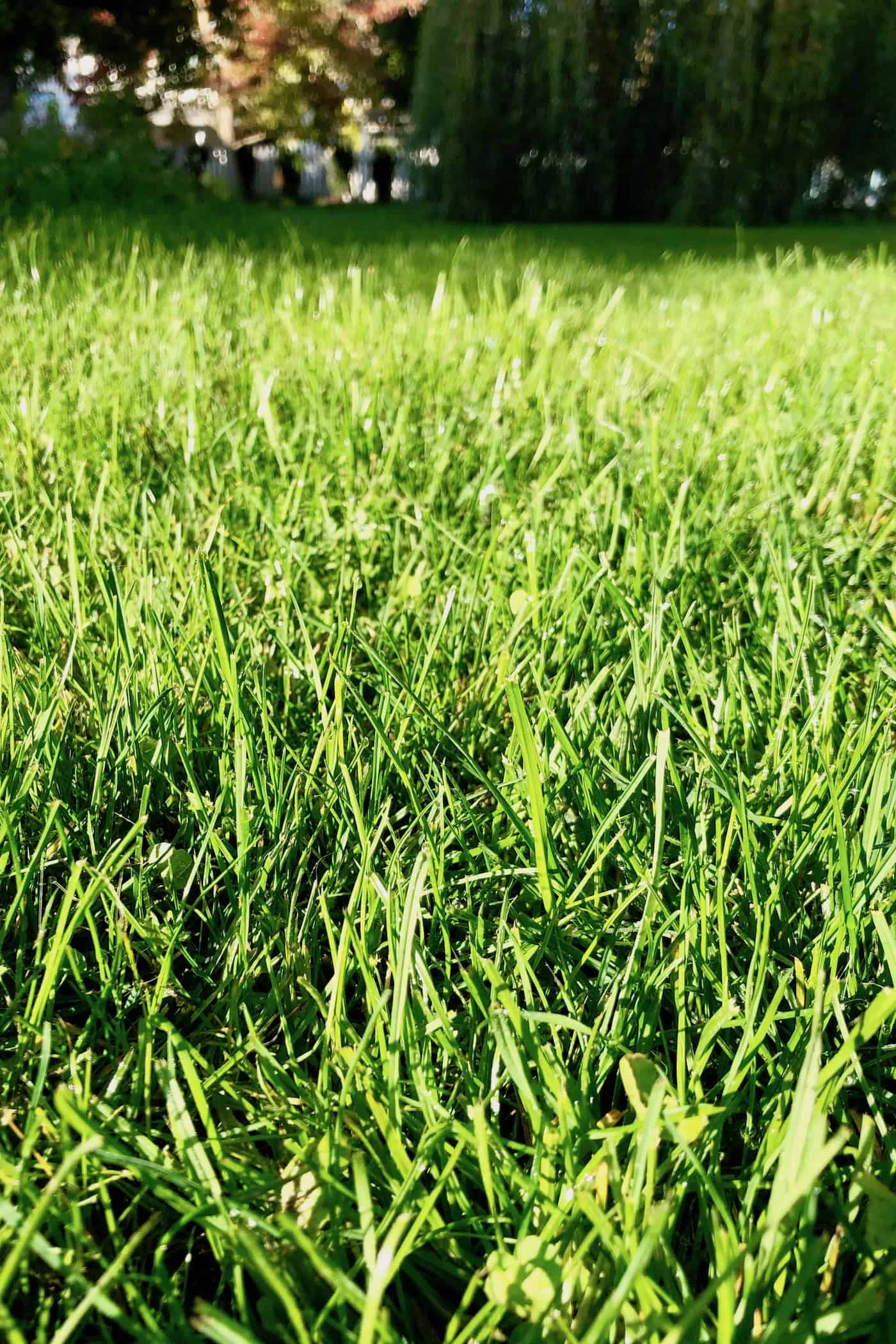
Tips when buying sod
Talk with a local sod supplier to find the right sod product for your application. Many suppliers offer several different types of turf that have unique seed blends.
Most sod growers offer 100% fine fescue mixes for golf courses and fancy lawns and also mixes with tougher perennial ryegrass for parks and playgrounds. They may also offer different soil mix types, although this is less common. Choose a local supplier for similar environmental conditions.
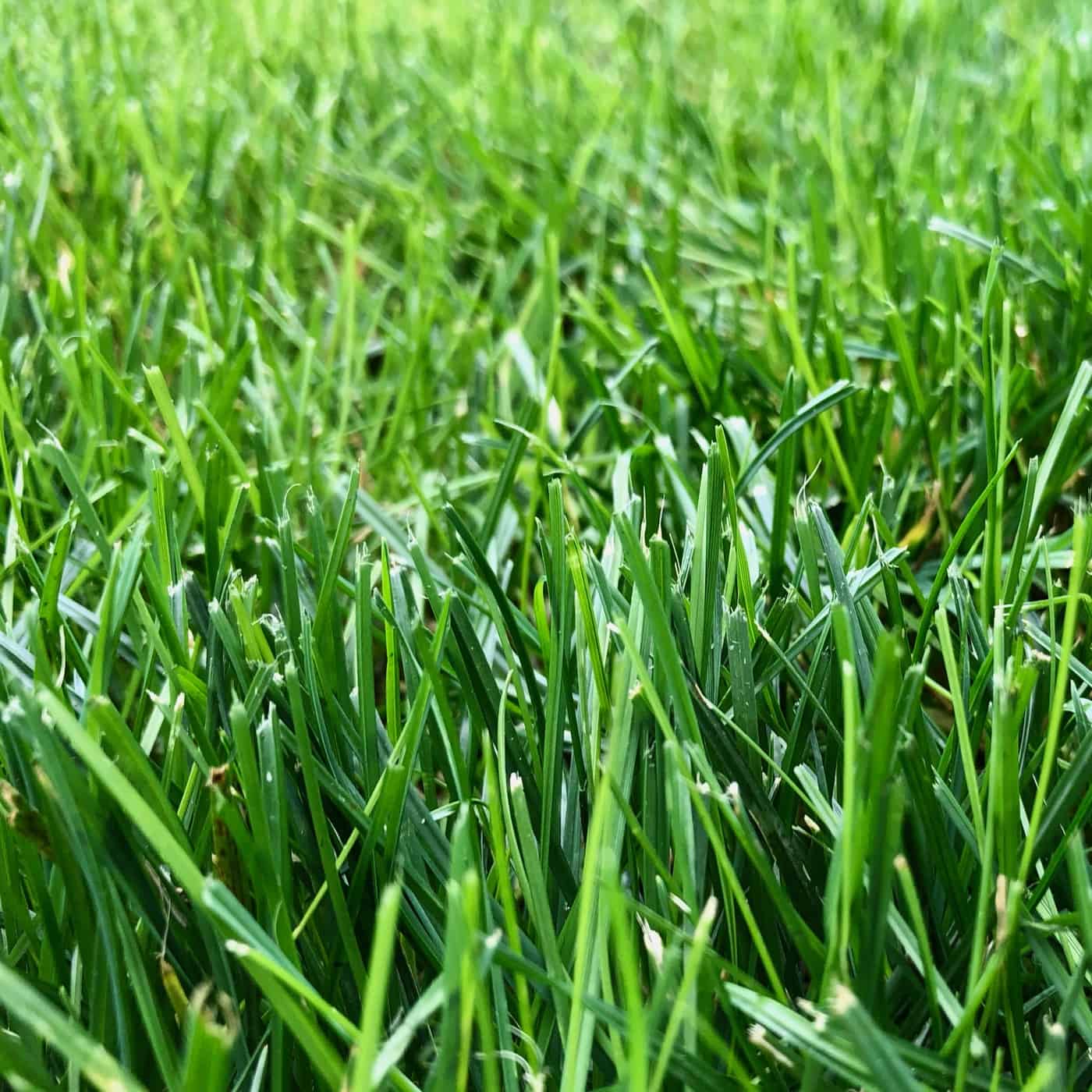


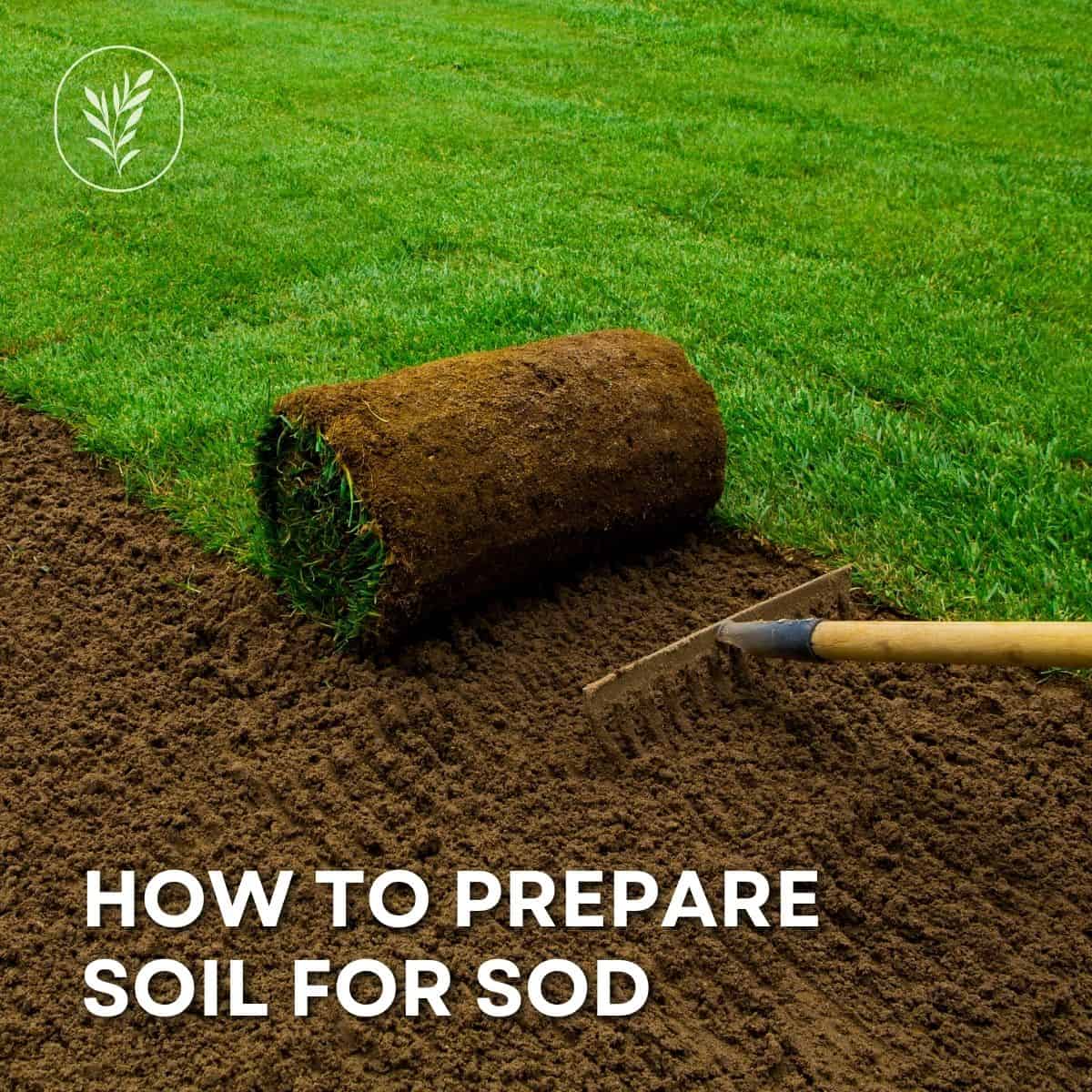
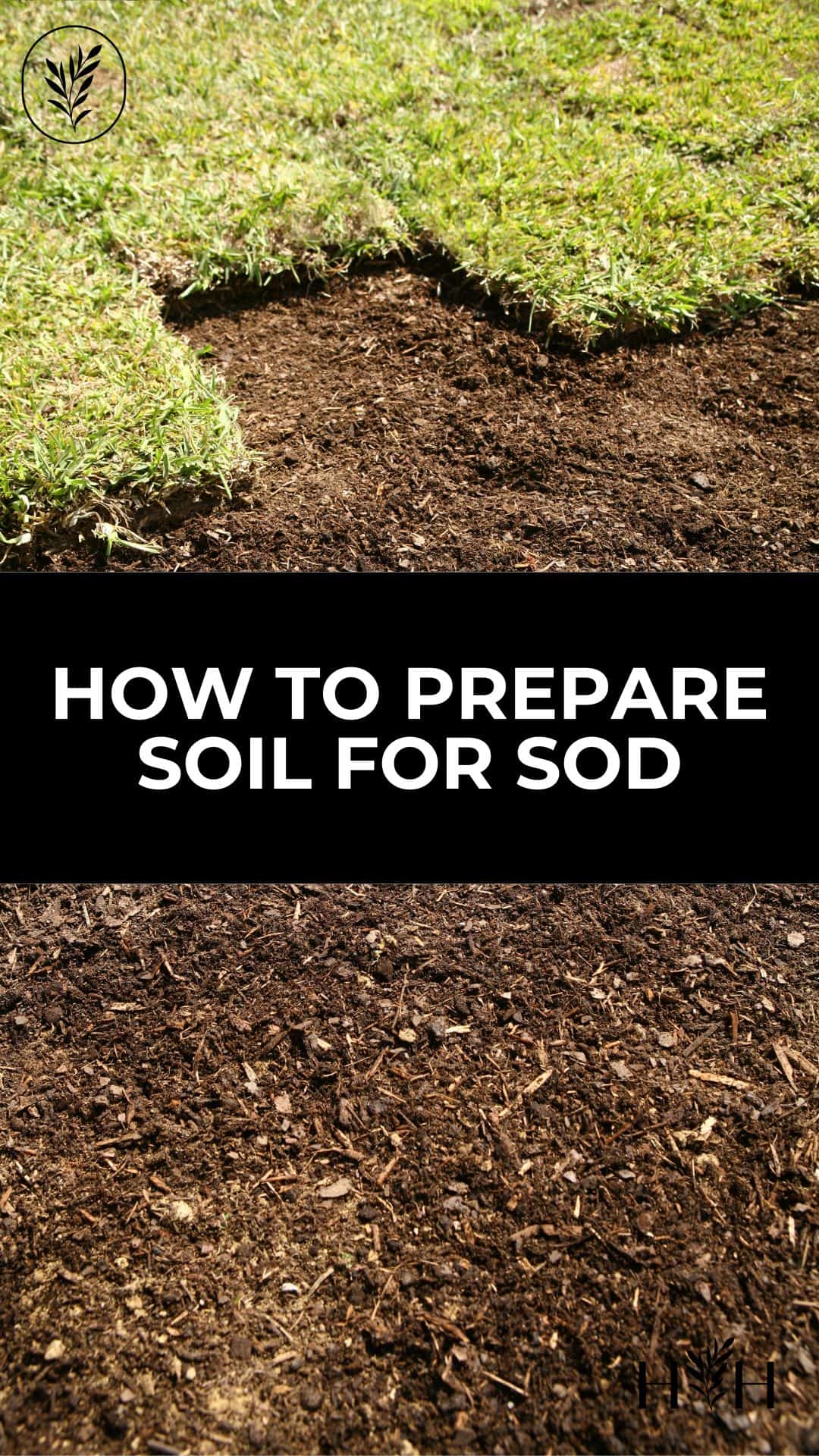
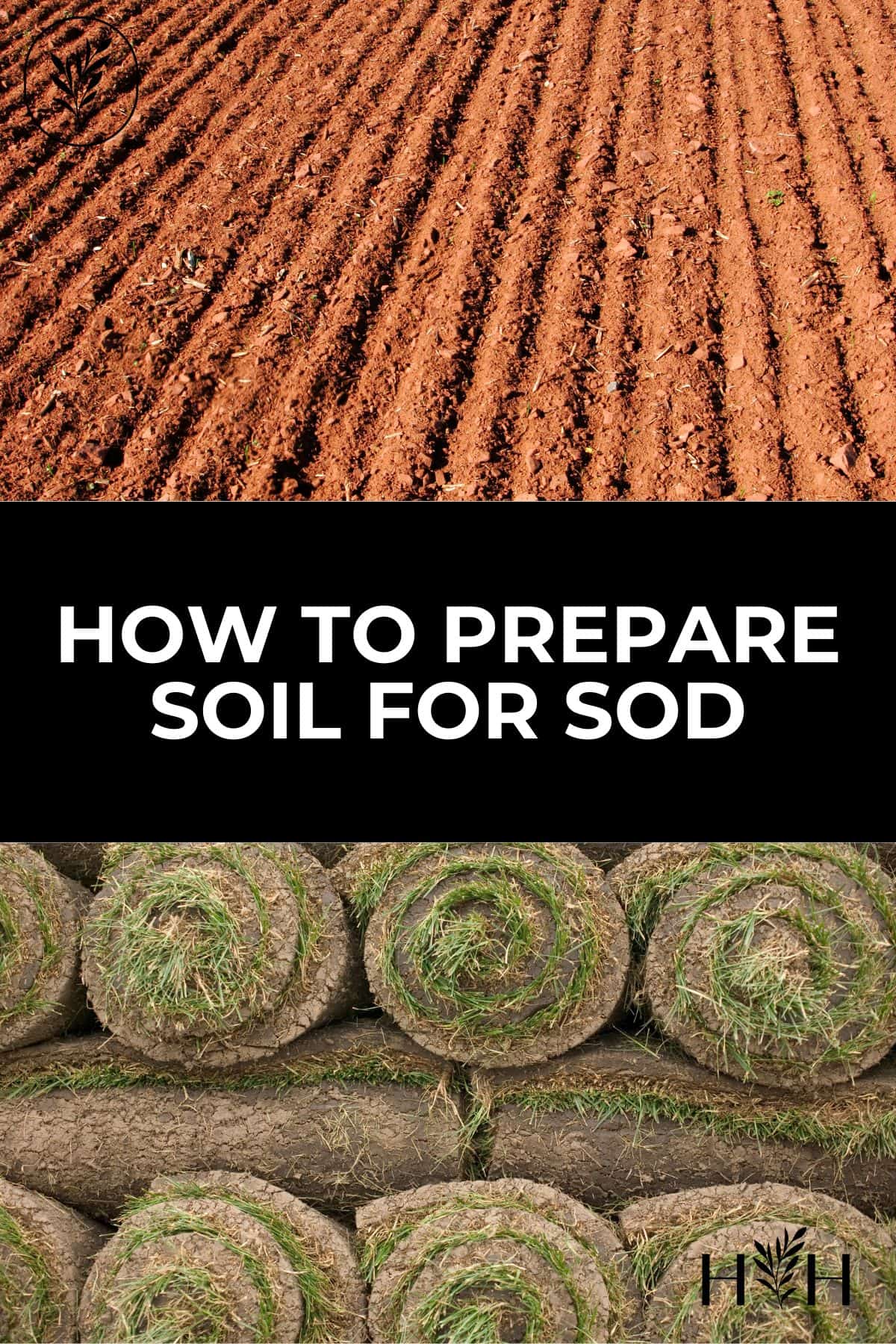
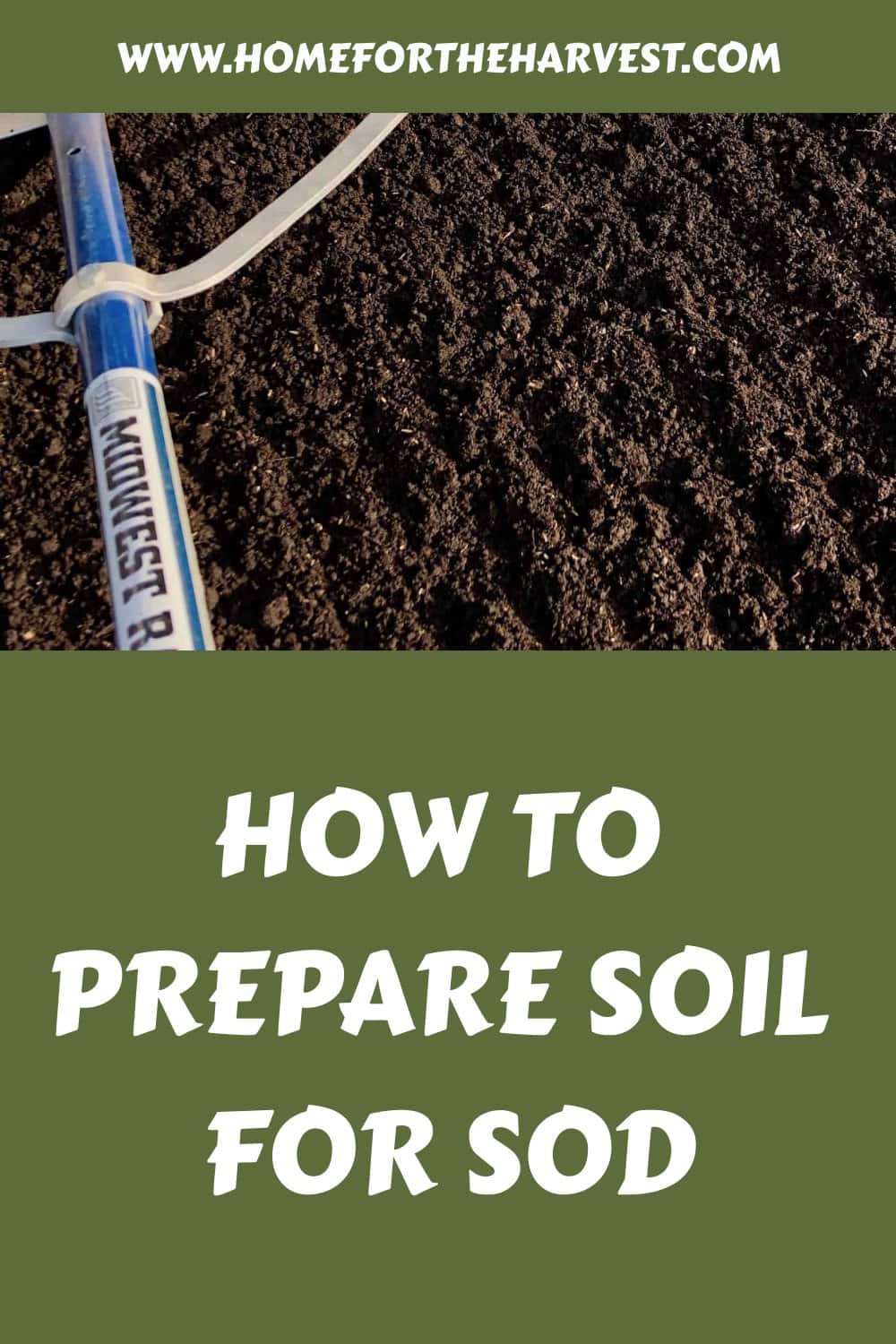

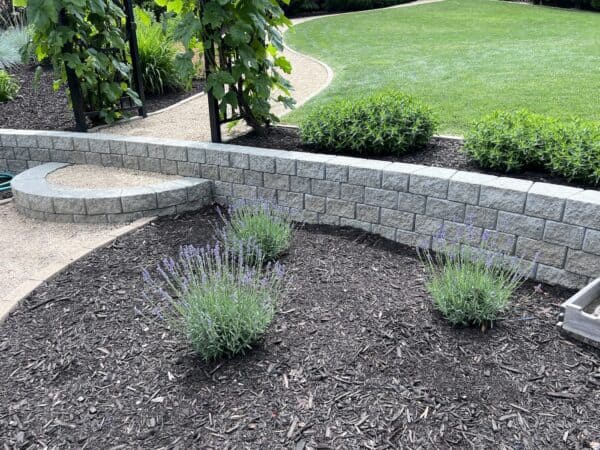
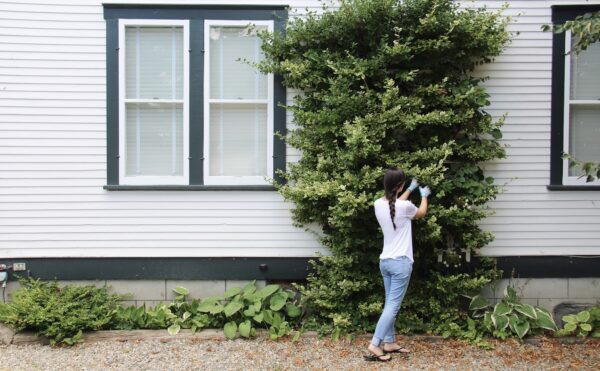
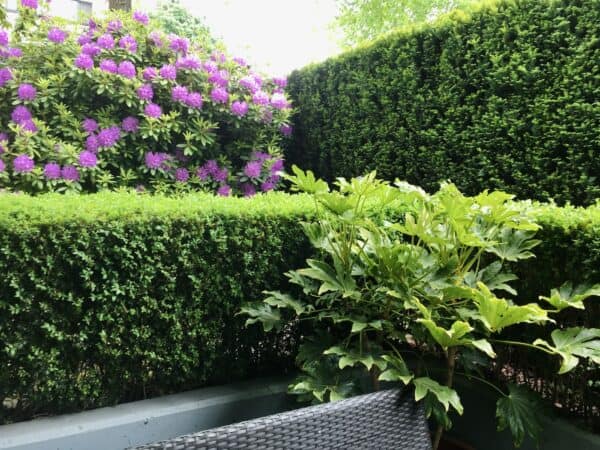
Doing some extra fertilization first before laying down sod could indeed be important. I think this is exactly the kind of thing that we should try and manage first so we have a wonderful foundation to work with before we get the project started. That way, when we call a sod product expert, we can make sure that everything goes well.
Yeah – definitely worth it to get a proper lab soil test. It’s so much easier to fix a deficiency before planting.